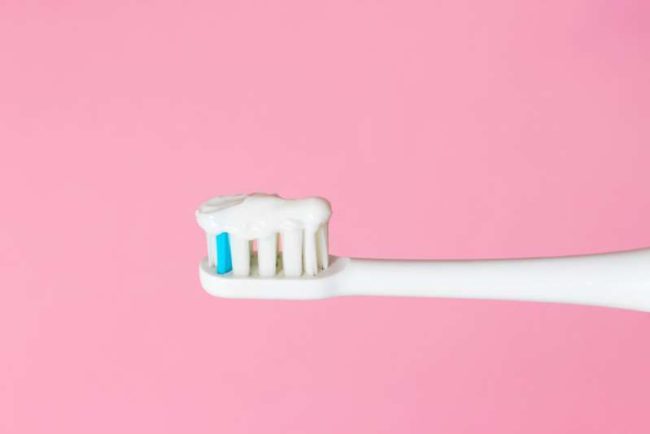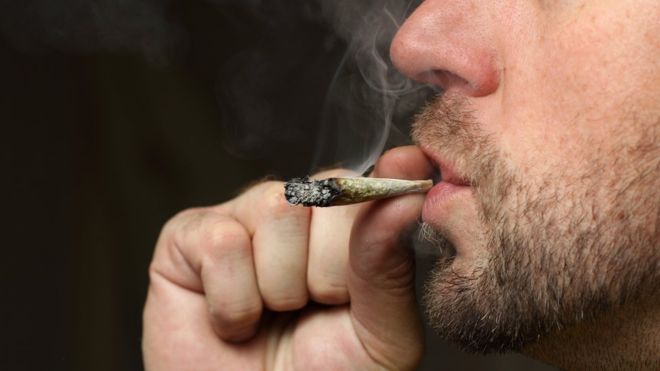In 2016, the U.S. Food and Drug Administration banned the use of an antimicrobial ingredient called triclosan and other related ingredients from antibacterial hand soaps and body washes, citing the fact that ‘manufacturers did not demonstrate that the ingredients are both safe for long-term daily use and more effective than plain soap and water in preventing illness and the spread of certain infections.’ When it comes to getting clean, stronger is not always better, especially when the strongest ingredients can contribute to antibiotic resistance.
So if this product was banned in soaps, why is it still allowed in toothpaste, a product that is likely absorbed into our bodies at even greater rates due to the high permeability of the gums? In toothpaste, triclosan has been shown to reduce the development of gingivitis, so it can be valuable to people at a high risk for gum disease. It’s not without other risks, however. According to a report from the Los Angeles Times, the chemical is associated with decreased levels of some thyroid hormones in animals, and the risk that sent it off of soap shelves—antibiotic resistance—is still present. Like other antibacterial agents, triclosan can disrupt the delicate balance of good bacteria in your gut, also known as the microbiome.
Researchers at the University of Queensland pointed not only to the personal risks inherent to brushing your teeth with products that contain the chemical but also to the environmental concerns that come with using it. If millions of us are using products that contain triclosan and flushing them down the sink every day, the chemical becomes present in excess in the environment. There, it may come into contact with any kind of bacteria, potentially making these bacteria resistant to antibiotics.
So, if you’re trying to avoid potentially harmful ingredients like triclosan, always check the label on the products you buy, and check out these everyday items that you didn’t know could be toxic.
The post The Potentially Dangerous Ingredient in Your Toothpaste appeared first on Reader’s Digest.




